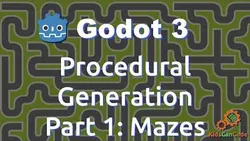
Procedural Generation in Godot 
This course covers the fundamentals of Procedural Content Generation in Godot, a popular game engine. It includes four parts, which cover topics such as mazes, tile-based infinite worlds, 2D terrain generation, and 3D terrain generation. Participants will learn how to create and use these elements to create unique and engaging game worlds. ▼
ADVERTISEMENT
Course Feature
![]() Cost:
Cost:
Free
![]() Provider:
Provider:
Youtube
![]() Certificate:
Certificate:
Paid Certification
![]() Language:
Language:
English
![]() Start Date:
Start Date:
On-Demand
Course Overview
❗The content presented here is sourced directly from Youtube platform. For comprehensive course details, including enrollment information, simply click on the 'Go to class' link on our website.
Updated in [February 21st, 2023]
This online course covers a wide range of topics related to procedural generation in Godot. Learners can learn how to create mazes, tile-based infinite worlds, 2D terrain, and infinite 2D terrain. They can also learn how to generate dungeons in Godot. Through this course, learners can gain a better understanding of the concepts and techniques of procedural generation, and how to apply them in their own projects.
In addition, learners can learn how to use the Godot engine to create procedural content. They can learn how to use the engine's built-in tools and functions to generate content, as well as how to create custom scripts and algorithms to generate content. They can also learn how to optimize their procedural content for better performance.
Finally, learners can explore the development direction of procedural generation. They can learn about the latest trends and techniques in the field, and how to apply them in their own projects. They can also learn how to use procedural generation to create more immersive and engaging experiences for their players.
[Applications]
After completing this course, participants can apply their knowledge of Procedural Generation in Godot to create a variety of content, such as mazes, tile-based infinite worlds, 2D terrain, and infinite 2D terrain. Additionally, participants can use the techniques learned in the course to generate dungeons.
[Career Paths]
1. Game Developer: Game developers use procedural generation to create unique and engaging game experiences. They use procedural generation to create levels, characters, and other game elements. They also use procedural generation to create procedural content such as mazes, tile-based infinite worlds, and 2D terrain. As the gaming industry continues to grow, the demand for game developers with experience in procedural generation will also increase.
2. Level Designer: Level designers use procedural generation to create levels for video games. They use procedural generation to create levels that are unique and engaging for players. They also use procedural generation to create procedural content such as mazes, tile-based infinite worlds, and 2D terrain. As the gaming industry continues to grow, the demand for level designers with experience in procedural generation will also increase.
3. Software Engineer: Software engineers use procedural generation to create software applications. They use procedural generation to create applications that are efficient and reliable. They also use procedural generation to create procedural content such as mazes, tile-based infinite worlds, and 2D terrain. As the software industry continues to grow, the demand for software engineers with experience in procedural generation will also increase.
4. AI Developer: AI developers use procedural generation to create intelligent systems. They use procedural generation to create systems that are capable of learning and adapting to their environment. They also use procedural generation to create procedural content such as mazes, tile-based infinite worlds, and 2D terrain. As the AI industry continues to grow, the demand for AI developers with experience in procedural generation will also increase.
Course Provider

Provider Youtube's Stats at AZClass
Discussion and Reviews
0.0 (Based on 0 reviews)
Explore Similar Online Courses
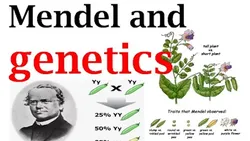
Genes and Sunlight — Steve Jones / Serious Science
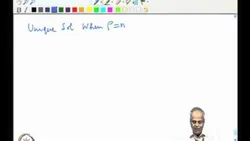
Advanced Matrix Theory and Linear Algebra for Engineers

Python for Informatics: Exploring Information

Social Network Analysis

Introduction to Systematic Review and Meta-Analysis

The Analytics Edge

DCO042 - Python For Informatics

Causal Diagrams: Draw Your Assumptions Before Your Conclusions

Whole genome sequencing of bacterial genomes - tools and applications
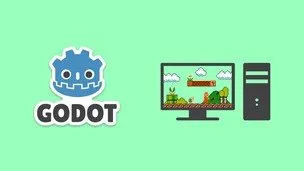
Godot : Beginner to Advanced - Complete Course

Godot: Creating A Platformer
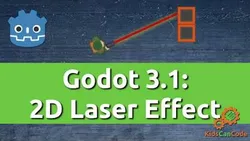

Start your review of Procedural Generation in Godot